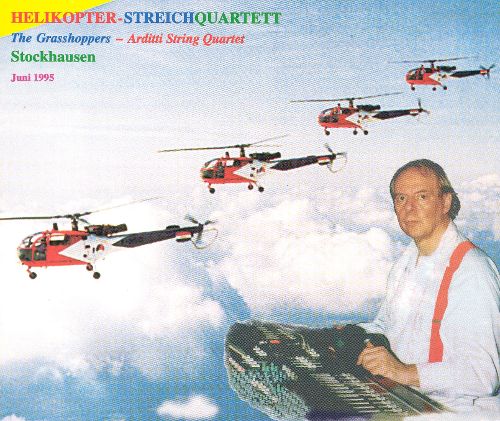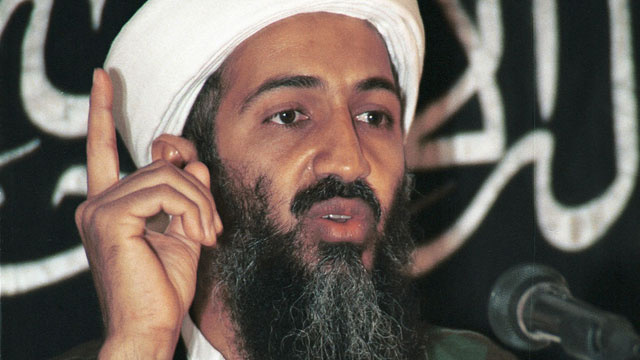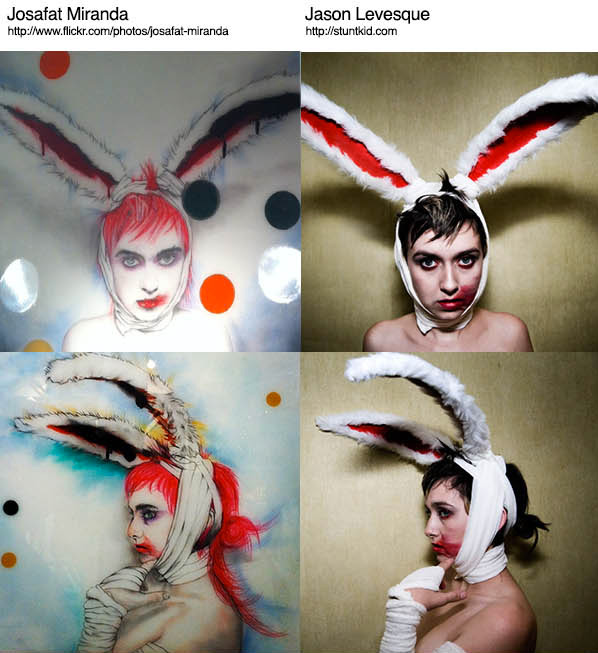
Anytime people think or speak about terrorism, art as a topic would be the last thing on their minds. Apparently, there is a high relation between the artistic expression concept and the events of terrorism whereby if one can relate terrorists’ acts and performance in a theatre it is easy to notice some correlations. The correlation occurs where the terrorists convey a message to the specific audience through sensual stimuli while eliciting some reactions such as fear and confusion. The significance of this correlation is beyond the understanding and interpretation of terrorism by many, but it has implications for counterterrorism.
Some artists try to evaluate the relationship between terrorist acts and art through drawings, but most non-artists and some scholars argue against the possibility of any relationship between the violent terrorist acts and artistic expressions. For instance, the 9/11 attacks in New York was described by different artists using artistic terms. Such artists include Karlheinz Stockhausen who is German composer and he said that the attack was the greatest work of art ever. However, these descriptions were ridiculed and criticized by many to an extent where Karlheinz Stockhausen was forced to stop the ongoing concerts on the same. You may wonder why people are greatly against such comments or description while it is just a comment. Maybe they think that the artists are rejoicing while other people are suffering from grieve and pain.
If these artists were to be given a chance, it is possible for them to draw a parallel correlation between art and terrorism in a tasty manner without seeming like they are encouraging the violent acts. In a larger point of view, the artists say that terrorist attacks can be described as performative theatre as long as people understand the perception of terrorism and the artists’ consequent reaction or response towards it. The main reason that leads to the tension explained above is usually because art is perceived as a way of expressing positive manifestation and creation and there is no way terrorism is related to any positive expression. Art is usually linked to goodness as expressed by great philosophers such as Heidegger, Hegel, and Kent by describing art as a positive force which is more of a. But why can’t art also be used to express a force of destruction whereby the artistic work interferes with the audiences’ normal sense of reality because that is exactly what a terrorist attack does to the victims? The popular perception of goodness nature of artistic work overturns this thought. However, there is nowhere that art is restricted to some hallowed ground only and thus it should not be treated as if it is restricted.
If an artist was to express a destructive nature of art, there is no better case study to relate to than the terrorists attack events. This is because the events provide all-rounded elements necessary in a performative theatre such as timing, chosen stage, and significance of audiences’ reaction. You need to note that the motive that encourages the terrorist to carry out the attacks is the expected perceptions of their acts by different people in the world. That said, the lens at which people view political violence is triangular, and the three sides represent the victims, performers of the act and the observers. Just like terrorist attacks, the relationship between the victims and the performers is the same, and this makes it essential for performative theatre. Also, the relationship between the performers and the observers also plays a great role in the same performative act. The reason why the acts of terrorism tend to be powerful is the fact that they attack emblematic places such as the World Trade Center towers or Oklahoma City federal building attacks. By doing this, they engage their observers more and this, in turn, earns them more power towards themselves and sometimes gain control of some location even they are not in actual controlling. In other words, terrorist attacks earn the terrorists a massive attention from the audience or the observers whereby they inflict fear on them. It means that, if there were no audience at all during a terrorists’ attack, which means no emotional responses towards the attack, then it would be hard for the bad news of the events to spread across the world; the attack then would be termed meaningless. Likewise, if artwork such as a play lacks an audience, it would as well be pointless. That said, the experience of viewers and their responses in a performative theatre would influence greatly how people think and understand terrorist attacks as well as counterterrorism measures. People need to understand that sensationalizing terrorist attacks and spreading of fear of probable future attacks succeeds the aims of the terrorists because all they look for is public attention. Having noted the correlations between performative art and terrorists’ violence, illumination of the role of the viewer as a facilitator of fear consumption occurs, and this change, how people view terrorist attacks in the future.







